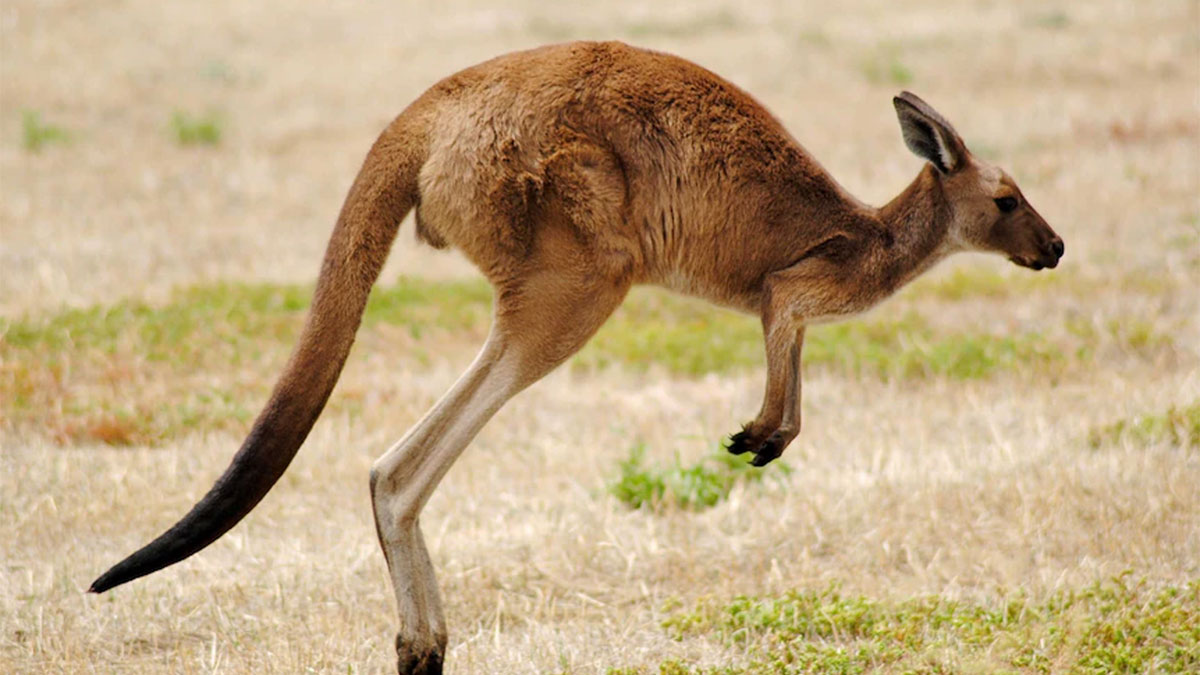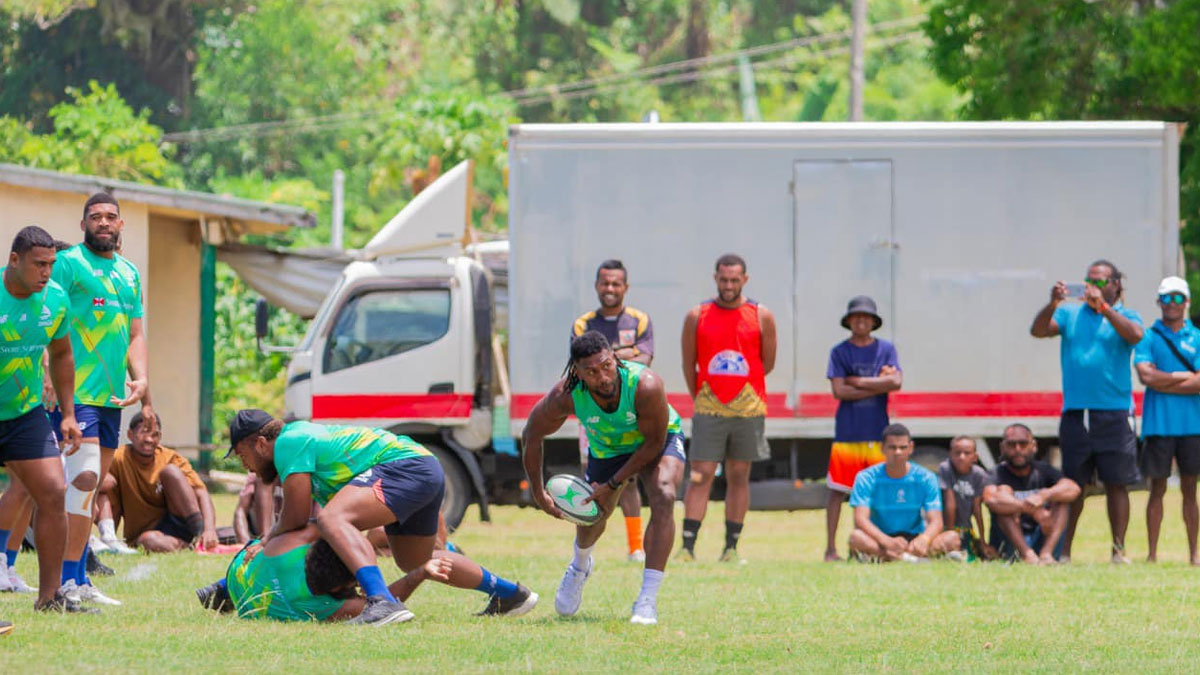
An Indigenous kangaroo shooter says a decision by Nike and Puma to no longer use kangaroo leather in their soccer shoes is going to have unintended consequences.
The sportswear giants have over the past two weeks indicated that they would stop using kangaroo leather (or K-leather), replacing it with their own synthetic materials — a move that will have serious effects for tanneries and roo harvesters.
The owners of an Adelaide-based tannery have already said they would be shutting its doors, while those from a 130-year-old tannery in Queensland said it could be badly affected.
Lindsay Packer operates Brisbane-based Packer Leather.
"It's a large part of what we do, about 30 per cent," he said.
K-leather is known to be lighter and more durable than other animal hides, but animal welfare advocates say the industry is inhumane because it kills joeys or leaves them to starve after their mother has been shot.
Opponents misguided, harvester says
Garry Trindall is an Aboriginal man and harvests wild kangaroos for a meat and hide processor in Walgett, in northern NSW.
He has been harvesting them for more than 50 years.
Mr Trindall said concerns for joeys were misguided because most professional shooters only shot larger kangaroos.
"We try to cull what needs to be culled, that's the older and bigger kangaroos," he said.
"Nine times out of 10, if we shoot those, they have joeys that are big enough to survive by themselves."
Kangaroo population unnatural
He said the current high number of kangaroos across the land was unnatural.
"When Captain Cook came here, there were hardly any kangaroos because they could only live along the river," Mr Trindall said.
"But when the white man settled, the farming and the water that they used for it allowed the kangaroos to multiply by the millions."
With the kangaroo populations so high that they caused damage to crops, Mr Trindall said farmers were going to shoot them anyway, and it would not necessarily be humane.
"As an Aboriginal person, we know our country. We know our land," he said.
"If you stop the professional shooters and the Aboriginal people from harvesting, you'll get people shooting kangaroos willy nilly."
While animal welfare advocates wanted to see an end to kangaroos being shot and killed for leather, Mr Trindall said the move by Puma and Nike could have the opposite effect.
"If prices for the carcasses go down because there's less demand for the leather, then more kangaroos will have to be killed to keep up the same income," he said.
Comparison drawn with fisheries
Opponents argue that once a profit motive is introduced for the killing of native animals, the populations are liable to collapse no matter how many regulations are in place.
Filmmaker Mick McIntyre runs the group Kangaroos Alive, which has campaigned to stop the use of kangaroo leather.
"You only have to look at whaling, you only have to look at ivory, you only have to look at fisheries," McIntrye said.
"Fisheries are one of the most regulated industry in the world and every single fishery stock is collapsing.
"Kangaroos are no different."
A better alternative
But Kangaroo Industries Association of Australia president Ray Borda said the kangaroo industry was a more sustainable alternative to cattle and sheep.
He said kangaroos produced one third of the carbon footprint because they emitted less methane, required less water, put less pressure on grazing lands, and used no energy to capture or contain the animals.
"All commercial industry kangaroo leather is a by-product of the meat industry which would otherwise end up in landfill," Mr Borda said.
"The kangaroo industry is more eco-friendly because of its longevity and biodegradability."
But opponents of the industry were not convinced.
"Once you make wildlife a commodity, the wildlife lose," McIntyre said.
Stay tuned for the latest news on our radio stations


